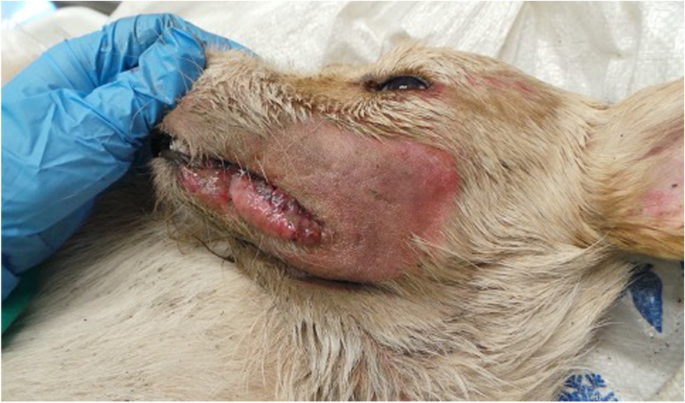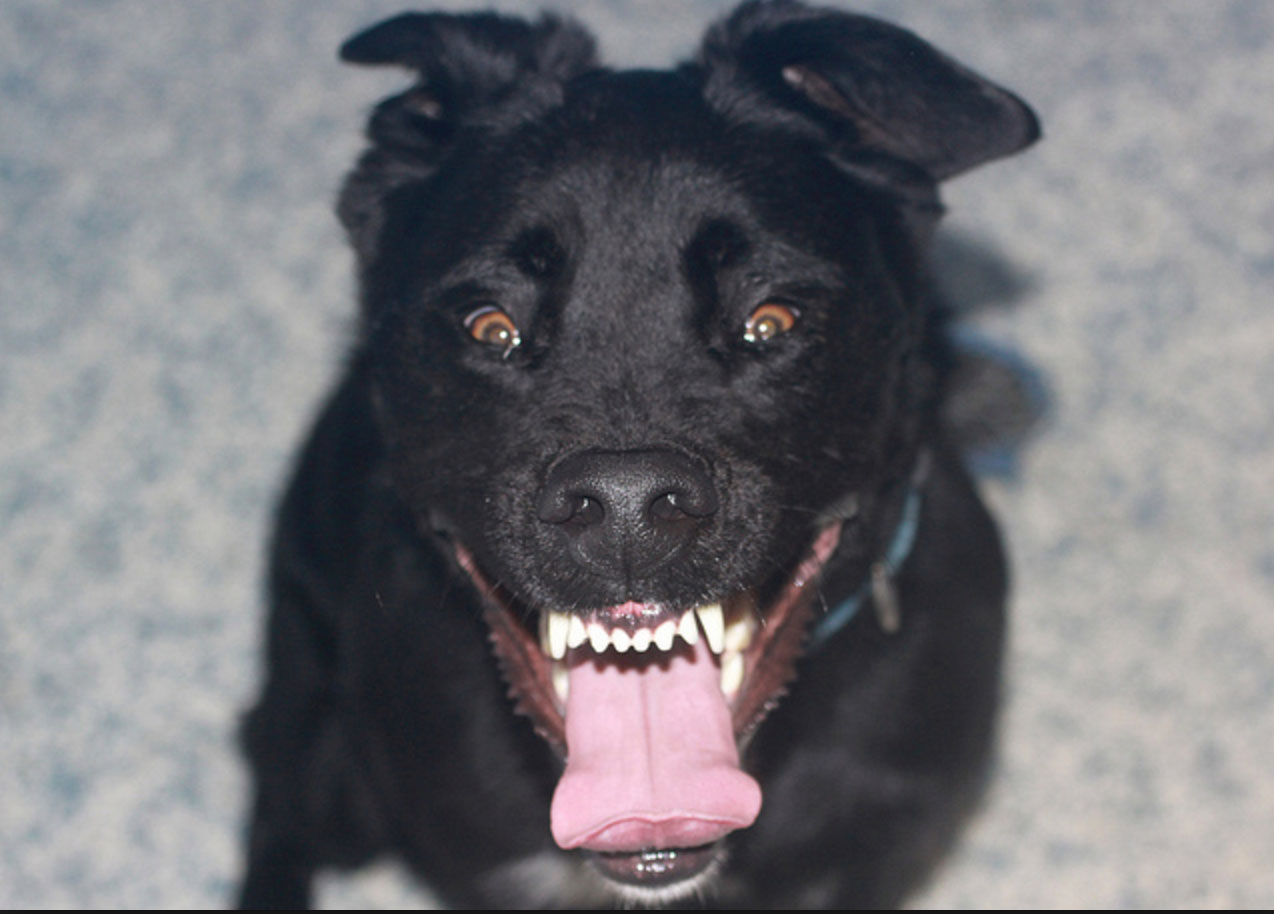9. Canine distemper & other diseases affecting nervous system of small animals
1/39
There's no tags or description
Looks like no tags are added yet.
Name | Mastery | Learn | Test | Matching | Spaced |
|---|
No study sessions yet.
40 Terms
What are examples of diseases affecting the nervous system of small animals?
Canine distemper
Aujeszky’s disease
Botulism
Tetanus
FIP
FIV
Toxoplasma
Neospora
Tick encephalitis
Infectious canine hepatitis
Cryptococcus
What is the causative agent of Canine Distemper?
Canine morbillivirus
What is another name for Canine Distemper?
Hardpad disease
How is Canine Distemper transmitted?
Aerosols, oronasal secretion, direct transmission, faeces & urine, vertical transmission
How long is CDV shed for?
7 days post infection & lasts for 60-90 days
What is the pathogenesis of Canine Distemper?
The virus replicates in the lymphatic tissue (in macrophages) → causing immunosuppression. Viremia → epithelial surfaces of respiratory, GI & urinary tracts, skin & CNS → Cause disease in these tissues
What are the clinical forms of CDV?
Nervous form
Skin form
Respiratory form
Ocular form
Gastrointestinal form
Intrauterine form
What are some clinical signs of Canine Distemper?
Nervous form (proprioception deficiencies, paresis, paralysis, convulsions, ataxia, spasms, hyperaesthesia. Persistent CNS infection after recovery → old dog encephalitis)
Skin form (pustular dermatitis, hyperkeratosis)
Respiratory system (CIRDC! cough, dyspnoea, discharge)
Ocular form (conjunctivitis, corneal ulcers, uveitis)
Gastrointestinal form (vomiting, diarrhoea, enteritis)
Intrauterine form (abortion, premature delivery, stillbirths, enamel hypoplasia)
Which clinical signs of CDV present first?
Nasal discharge, ocular discharge, fever
Which form of CDV has the worst prognosis?
Nervous/CNS form
How is Canine Distemper diagnosed?
RT-PCR, clinical signs, history, haematology, biochemistry, cytology/histology (intracytoplasmic inclusions in RBC/WBC), nasal swab, CSF sample
What are some differential diagnoses for Canine Distemper?
Kennel cough, leptospirosis, infectious canine hepatitis, intoxications
What is the treatment for Canine Distemper?
No specific treatment (interferons), symptomatic, support immune system (rehydration, vitamins), antibiotics, isolation, diazepam/phenobarbital (for nervous signs), hyperimmune serum, euthanasia (if CNS)
How is Canine Distemper prevented?
Vaccination (modified live vaccine)
1: 6-8 weeks; 2: 9-12 weeks; booster: every 3 years
Only one serotype → highly effective vaccine
What is the causative agent of Aujeszky's disease (pseudorabies)?
Suid alphaherpesvirus 1
What are the reservoirs of Aujeszky’s?
Domestic and wild swine (persistent and latent infections)
What type of hosts of Aujeszky’s disease are dogs and cats?
Dead end hosts (+ cattle, horses, etc.) → fatal
How is Aujeszky’s disease transmitted?
Direct contact - Bite, sniffing, blood (hunting dogs!), or ingestion of contaminated meat
Which animals are more at risk of contracting Aujeszky’s disease?
Hunting dogs
What is the pathogenesis of Aujeszky’s disease?
Ingestion → tonsils → regional lymph nodes → nerve cells → brain → IX, X cranial nerves.
Systemic haemorrhages & congestion, ganglioneuritis, brainstem encephalitis necrosis or exudate in the myocardium, & lymphoid depletion
What are the clinical signs of Aujeszky's disease?
Behavioural and nervous signs (anxiety, aggression, self-mutilation), hypersalivation, intense pruritus, paralysis, death

How is Aujeszky’s disease diagnosed?
CS (pruritus) & history (boar control).
PM, IF, PCR
What is the treatment for Aujeszky's disease?
None, euthanasia
What is the causative agent of Botulism?
Clostridium botulinum (botulinum toxin)
What is the source of C. botulinum?
Decaying animal carcasses, spoiled or uncooked food (spores are heat-resistant; toxin is heat labile/destroyed by heat)
What is the pathogenesis of botulism?
Release zinc-binding neurotoxin → binds irreversibly to neuromuscular junction → block release of acetylcholine (↓) → causing flaccid muscle paralysis
What is the effect of botulism in dogs and cats?
Dogs & cats are generally resistant to the toxin, but in high quantities + when an animal has phosphorus & protein deficiency, disease may occur.
What are the clinical signs of Botulism?
Muscle paralysis, disturbed vision, mydriasis, difficulties in mastication and swallowing, generalised weakness, respiratory or cardiac paralysis → death
How is botulism diagnosed?
Clinical signs are enough to diagnose. History, ELISA, culture, X-ray megaoesophagus.
Samples: freshly dead animals, whole blood, serum, GIT contents.
What is the treatment for Botulism?
Hyperimmune serum, antibiotics (penicillin, metronidazole), supportive care, symptomatic treatment (guanidine hydrochloride; stimulates ACh release)
What is the causative agent of Tetanus?
Clostridium tetani
How is tetanus transmitted?
Found in soil, saliva, GIT. The bacteria generally enter through a break in the skin such as a cut or puncture wound by a contaminated object. Dogs & cats are fairly resistant.
When are puppies most likely to contract tetanus?
When teething. Open wounds in the mouth and will bite anything.
Which species are most susceptible to tetanus?
Horses, humans
What is the pathogenesis of tetanus?
Spores penetrate deep wounds → necrosis → in anaerobic conditions start to produce neurotoxins (tetanospasmin, tetanolysin) → the toxin is zinc-binding → is absorbed by the motor nerves → interfere w/ the release of inhibitory neurotransmitters → ↑ acetylcholine → cause spasms & tonic contractions (stiffness) (descending tetanus; head + neck, then spread to other parts of the body)
What are the clinical signs of Tetanus?
Lockjaw, stiff gait, extended tail, anxiety, general spasms, lateral recumbency, respiratory paralysis → death

What is the treatment for Tetanus?
Wound debridement, antibiotics (IV metronidazole), tetanus antitoxin, sedatives (diazepam), spasmolytics
What are some other diseases that cause CNS signs?
FIP → Any NS signs due to meningoencephalitis
FIV → Behavioural changes, dementia, facial twitching, seizures
Toxoplasma → Ataxia, seizures, circling, paresis & paralysis due to encephalomyelitis
Neospora → Progressive lower motor neuron paresis & ataxia that starts in hindlimbs, & ascends cranially, leads to paralysis
Tick Encephalitis → Apathy, hyperexcitability, ataxia, paresis/ paralysis of limbs, abnormal spinal reflexes, nystagmus & paralysis of facial nerve.
Infectious Canine Hepatitis → CNS involvement is unusual & it's typically the result of vascular injury. Severely infected dogs may develop convulsions from forebrain damage. Paresis may result from brain stem haemorrhages, & ataxia & central blindness
Cryptococcus → Lack of coordination, circling, rotation of head, changes in behaviour, paralysis. Attack of optic nerve→ blindness
What is a key difference in clinical signs between Canine Distemper and Aujeszky's disease?
Intense pruritus is a hallmark of Aujeszky's disease, particularly on the head.
What antibiotic should NOT be used to treat Tetanus?
Penicillin (inhibits GABA-A receptors → worsens clinical signs)